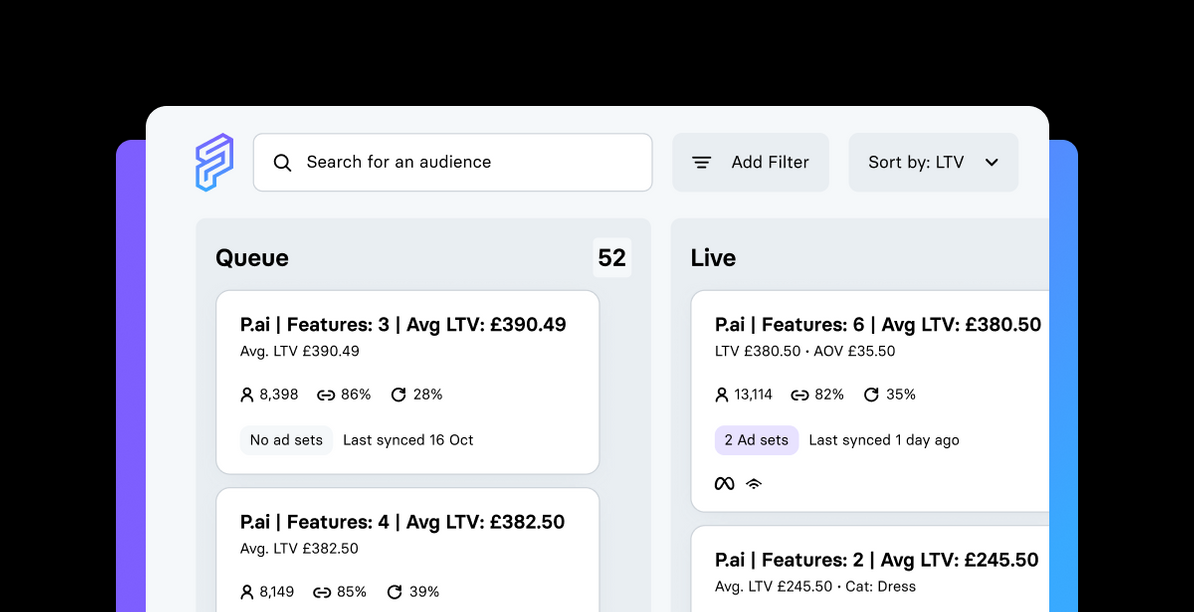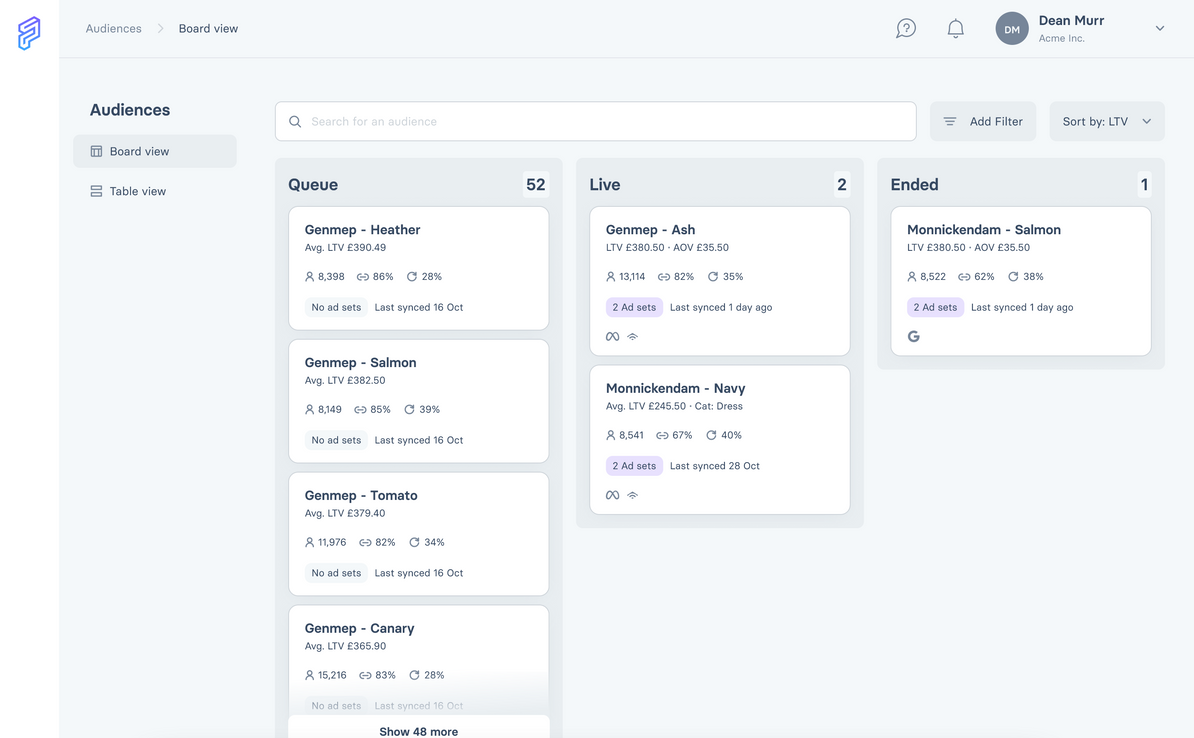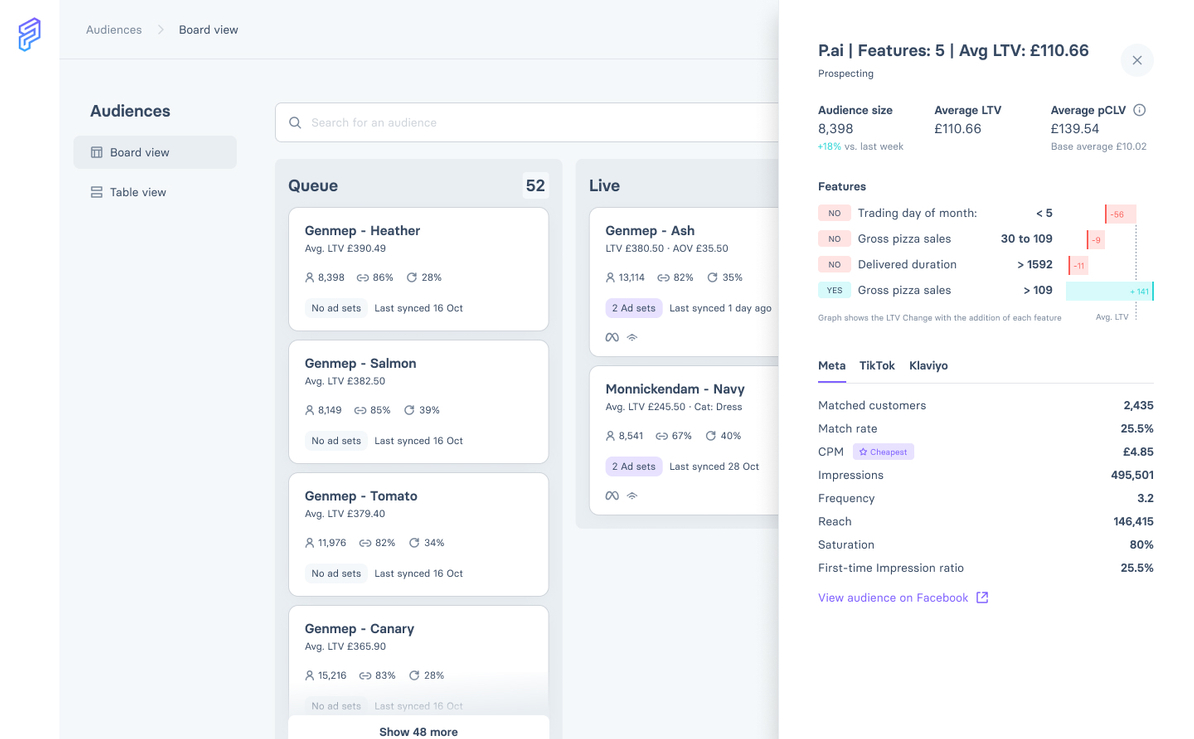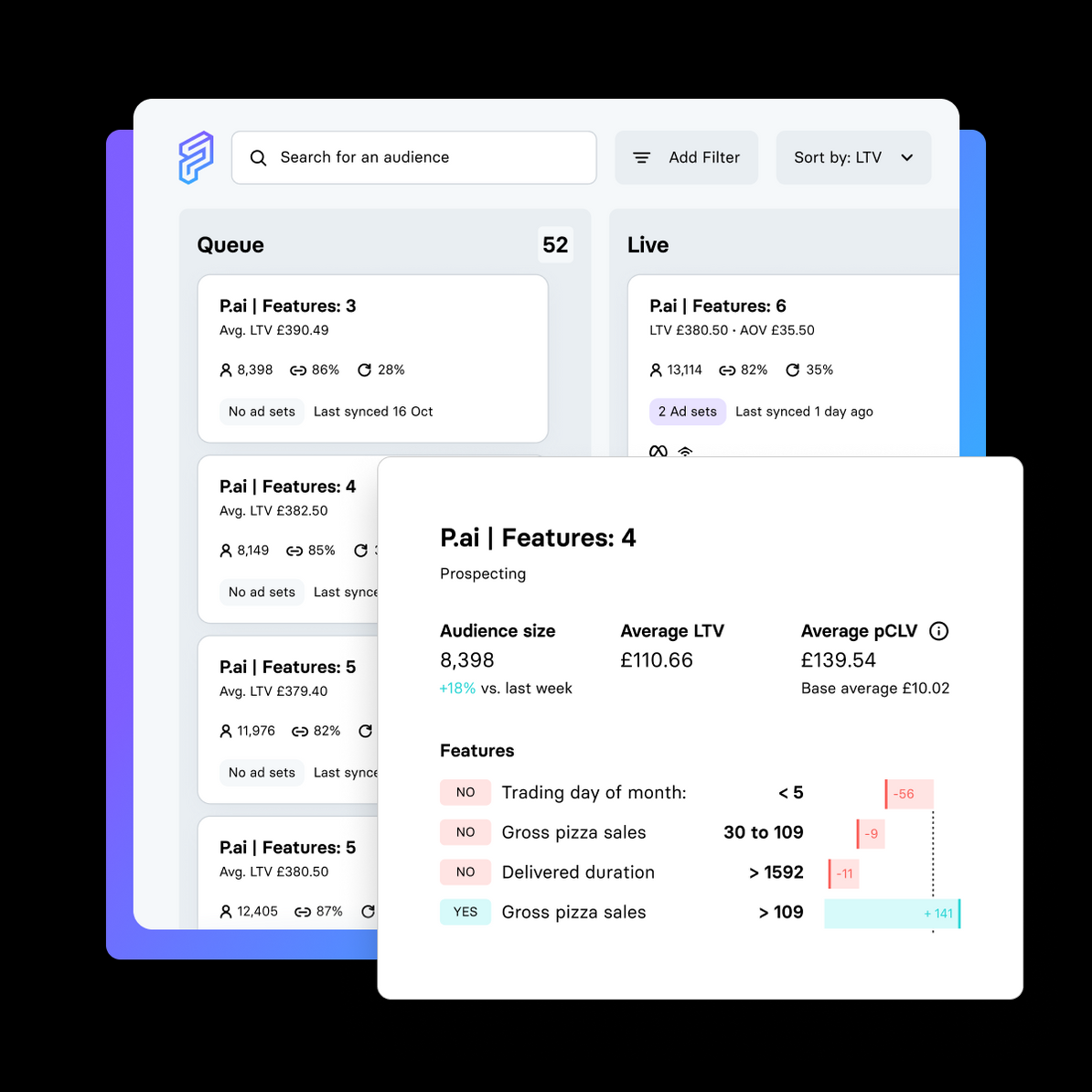Experimentation is now every marketer’s priority.
When it comes to audiences, taking a ‘broad targeting’ approach is one of many tactics. But it’s not the strategy.
Going “broad” gives you targeting breadth, but it’s no silver bullet and it doesn’t differentiate you from any other advertiser.
It may well be in the ad platforms’ interest for all advertisers to hand-off targeting to them, but I’m here to tell you that you can create an abundance of targeting options directly from your own first-party data. And not only will it complement the “broad” tactic, but by bringing your own intelligence to the table in a safe and secure way, you’ll strengthen your strategy and gain an edge over the competition.
What everyone’s doing & how you win
Apple’s iOS 14.5 update forced marketers to focus on optimising their creative ads, as this was the only thing they could credibly measure.
Over the past 14 months since iOS 14.5 landed, back in Apr-21, there’s been a swelling need for first-party audience solutions to plug the targeting gaps appearing in ad platforms like Meta. This will exacerbate once all cookie-based solutions die out, circa 2024. Standby for total market-pull…
Your options, Mr. Marketer, should you choose to accept them, are:
- Server-to-server everything (hasta la vista, cookies!) 🍪
- CRM first-party data activation (easy but incomplete) 🔍
- CDP first-party data activation (heavy, rigid implementation) ⚙️
- MDS first-party data activation (heavy internal resource) 🦾
P.ai doesn’t have a horse in this race; whatever’s clever! But…
They all fail to help you with 3 crucial tasks: generating, prioritising & experimenting with audiences — all in the good ol’ name of performance.
You see, having access to first-party data is one thing, but knowing where to start and how to experiment to find winner after winner — that’s where science meets art.
That’s the strategy. That’s how you win. 🚀
Whether you’re using an external Customer Data Platform (CDP) or you’ve in-housed the Modern Data Stack (MDS), it comes at a price. You pay in dollars or time.
You’ll want to make a return, which isn’t a foreign concept to marketers! And time-to-value is paramount, since this is one of the biggest, if not the biggest, reasons for unifying all of your first-party data.
How to generate, prioritise & experiment with audiences
If your audiences have saturated, you’re stuck for new audience ideas, or performance has flatlined. You need an audience backlog.
Machine learning & AI can act as a co-pilot for this, studying the complex interactions in your first-party data as the seasons change and your customers do, too. You can allow it to surface audience suggestions based on highly relevant & correlated features, which you then only need to consider activating across your marketing & advertising channels. All year round.
With this strategy in place, your job is to prune & prioritise your audience backlog, managing a queue of audiences to experiment with to find winner after winner.
The good news: winning audiences dynamically refresh, avoiding fatigue.
On top of tracking your winners and losers, cross-channel—
It’s crucial to understand how each audience was generated & why these customers are being grouped together.
Since this is your first-party data: your customer, your products, your language. It’s easy to have conversations internally about your targeting options relative to what’s happening around the business. And you’ll never be short of new audiences to swap in/out as your performance or promotional calendar requires it.
Cheapest CAC today, or highest LTV tomorrow
As a potential economic recessions looms, many advertisers are looking for the cheapest CPMs (translation: profit on first order).
When you take full control & ownership over your first-party audience strategy, you’re able to measure the performance of audiences within each ad platform & channel, respectively.
This allows you to hone-in on the most effective channels for driving new customer acquisition, at the lowest cost. But while desperate times call for desperate measurement models, one must never glance too far away from LTV for too long — as businesses’ legacies are predicated on it!
Is anyone listening to marketers?
We’ve built our reputation at P.ai (née Programmai) on predicting a customer’s next move or future lifetime value.
This has enabled our clients to spend their advertising budgets using forward-looking data; shortening pay-back windows and increasing LTV.
But right now, marketers are under tooled. And while vendors wrestle over who’s data solution is most optimal, the marketer’s day-to-day needs are going unaddressed.
We’re building the marketer’s all-in-one platform, starting with audience management. So that they can generate, prioritise & experiment with audiences.
And that’s just a slice.
The P.ai is yet to come. 🥧






